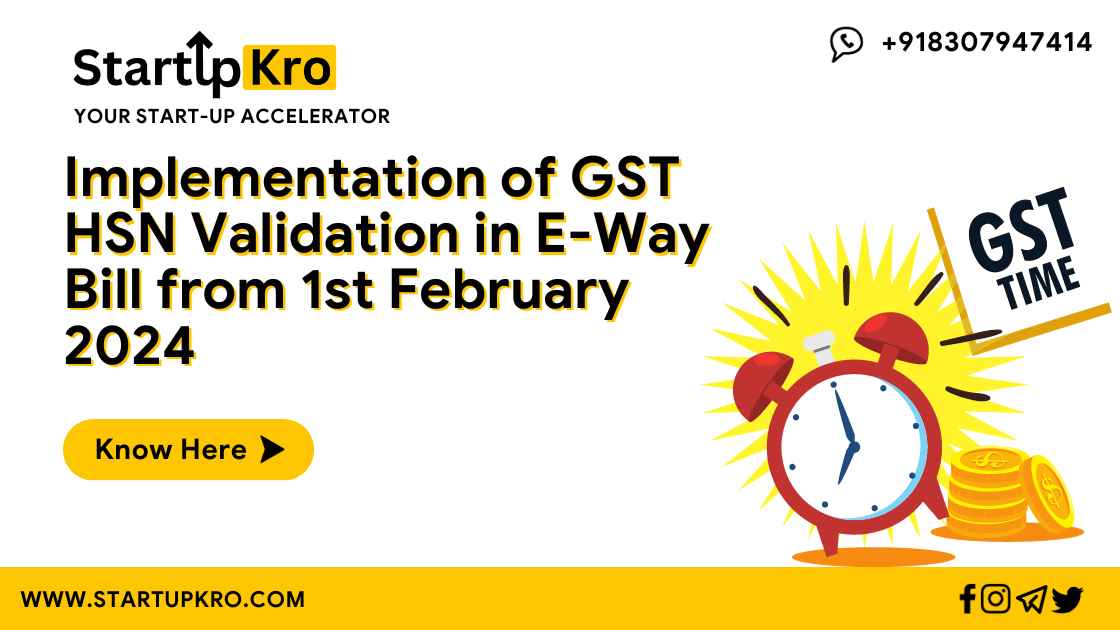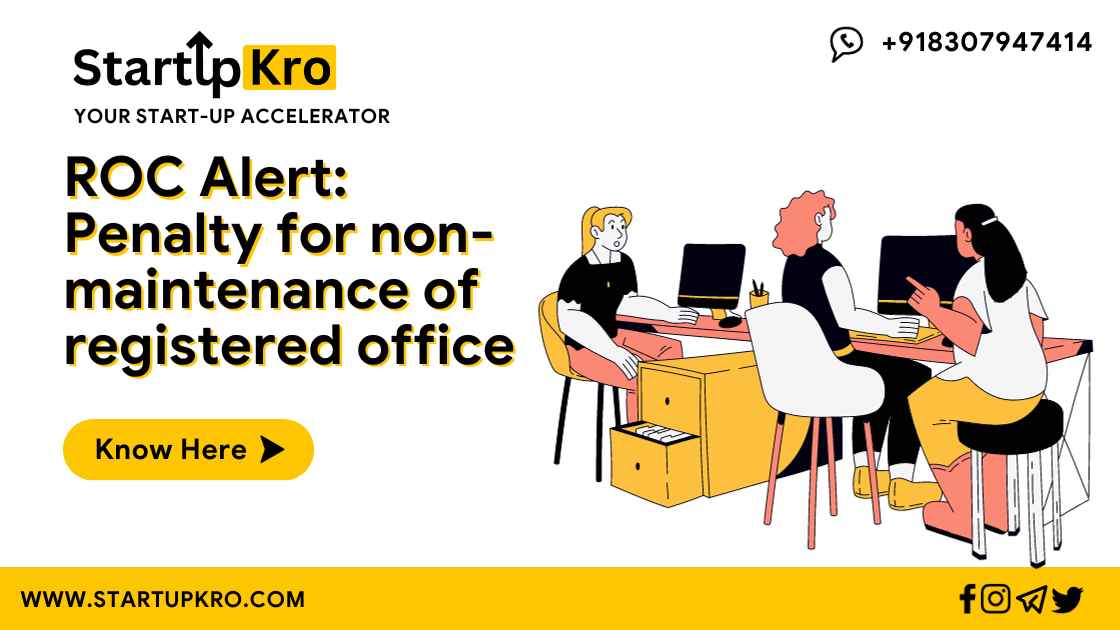
How to Respond to Trademark Objection
Introduction In the dynamic world of business, safeguarding your brand is paramount. However, the journey to trademark protection may encounter hurdles known as trademark objections. Understanding how to respond effectively to these objections is crucial for ensuring the longevity and

Subscribe To Our Weekly Newsletter
Introduction
In the dynamic world of business, safeguarding your brand is paramount. However, the journey to trademark protection may encounter hurdles known as trademark objections. Understanding how to respond effectively to these objections is crucial for ensuring the longevity and strength of your brand. In this guide, we’ll walk you through the process step by step, empowering you to navigate trademark objections with confidence.
What is a Trademark Objection?
A trademark objection occurs when a government trademark office raises concerns or issues regarding the registration of a proposed trademark. This objection is typically communicated to the applicant through an official document known as a “trademark examination report” or “office action.” The purpose of the objection is to inform the applicant of potential obstacles or deficiencies in the application that need to be addressed before the trademark can be registered.
Common reasons for trademark objections include:
- Similarity to Existing Marks: The proposed trademark may be deemed too similar to an existing registered trademark, which could lead to confusion among consumers.
- Lack of Distinctiveness: The trademark office may find that the proposed mark lacks distinctiveness and is too generic or descriptive.
- Violation of Trademark Rules: The application may not comply with the legal requirements or rules set by the trademark office.
- Incorrect Information: Errors or inconsistencies in the application, such as inaccurate details or incomplete documentation, can lead to objections.
- Contravention of Public Policy: The proposed trademark might conflict with public policy or contain offensive or misleading elements.
When an objection is received, the applicant is typically given a specified period to respond and address the concerns raised by the trademark office. The response should provide explanations, evidence, or amendments to overcome the objections and satisfy the requirements for trademark registration. Failure to respond within the given timeframe or inability to adequately address the objections may result in the rejection of the trademark application.
How to Respond to Trademark Objection?
- Examine the Trademark Objection Notice: Thoroughly review the objection notice received from the trademark office. Identify the specific grounds on which the objection has been raised. Clearly understand the concerns raised by the examiner.
- Gather Supporting Evidence: Identify and collect evidence that supports your trademark application. This may include documentation demonstrating the distinctiveness and uniqueness of your trademark. Address each concern raised in the objection notice.
- Draft a Comprehensive Response: Prepare a detailed and well-structured written response to the objection notice. Clearly address each issue raised by the examiner, providing a thorough explanation and supporting evidence. If needed, consider amending your trademark application to align with the objections.
- Submission of Response: File your response with the trademark office promptly with Startup Kro. Ensure that the submission is made within one month from the date of receiving the objection notice. You can choose to submit the response online or in person at the trademark office.
- Attendance at Hearing (if required): In certain cases, the trademark office may not be satisfied with the written response, necessitating a personal hearing. Be prepared to attend and present your case in person. During the hearing, provide additional evidence and persuasive arguments to strengthen your position.
- Appeal Process: If, unfortunately, your trademark application is still not accepted after the response and hearing, you have the option to file an appeal. Lodge an appeal with the Intellectual Property Appellate Board (IPAB) within three months from the date of the decision. Be sure to include all relevant documentation and legal arguments to support your case.
Conclusion
In conclusion, navigating a trademark objection is a pivotal aspect of the trademark registration process. When faced with an objection from the trademark office, it becomes imperative for applicants to undertake a strategic and comprehensive response. Understanding the grounds of objection, gathering supporting evidence, and crafting a well-structured response are crucial steps in overcoming these challenges.
By following the steps outlined in responding to a trademark objection in India, applicants can increase their chances of successfully addressing concerns raised by the examiner. It’s important to approach this process with diligence, attention to detail, and, if necessary, seek professional guidance to ensure a thorough and legally sound response.
Share:

Book an Appointment
Schedule an Appointment with our Expert here.
Social Media
Most Popular


How to Respond to Trademark Objection


